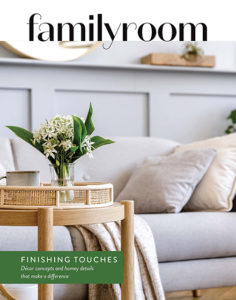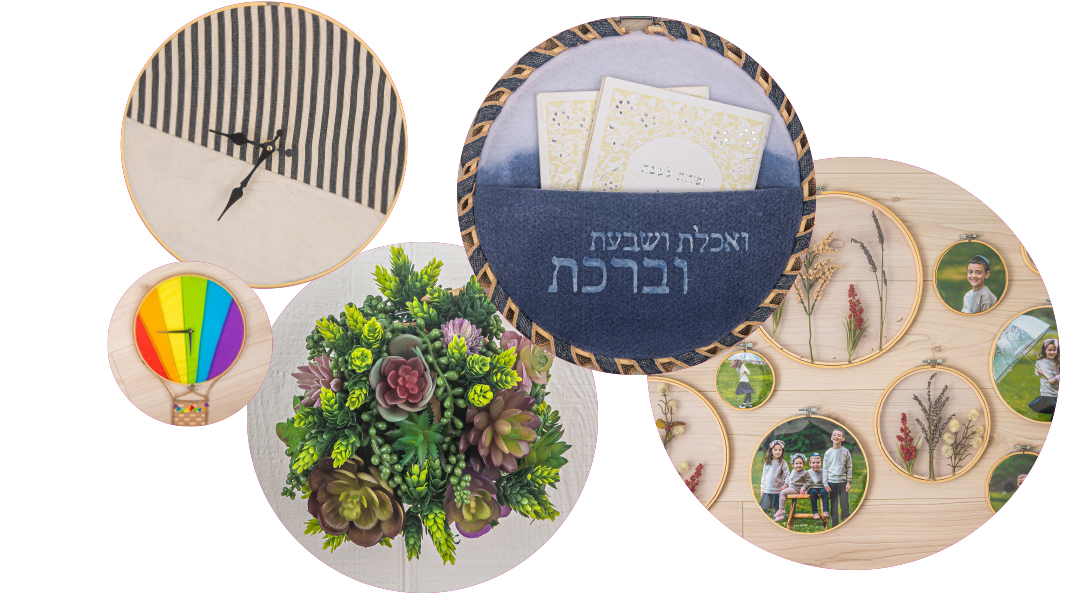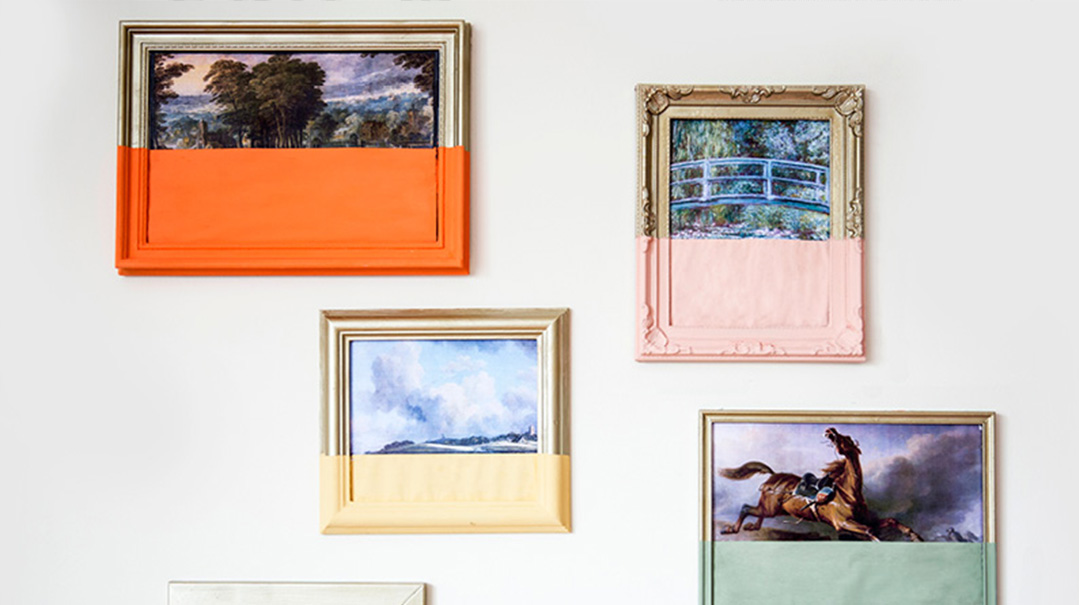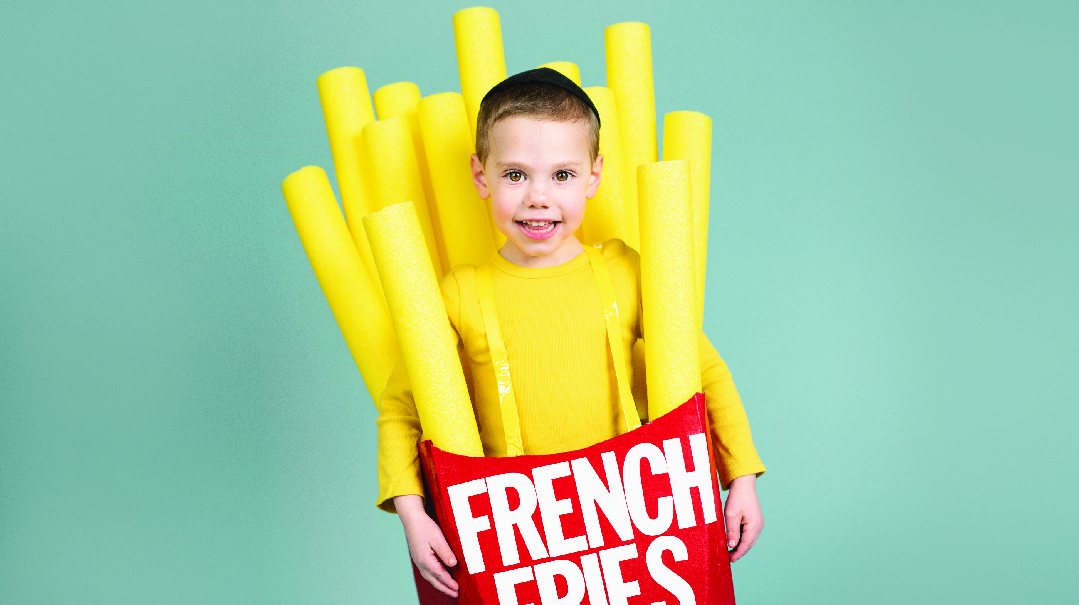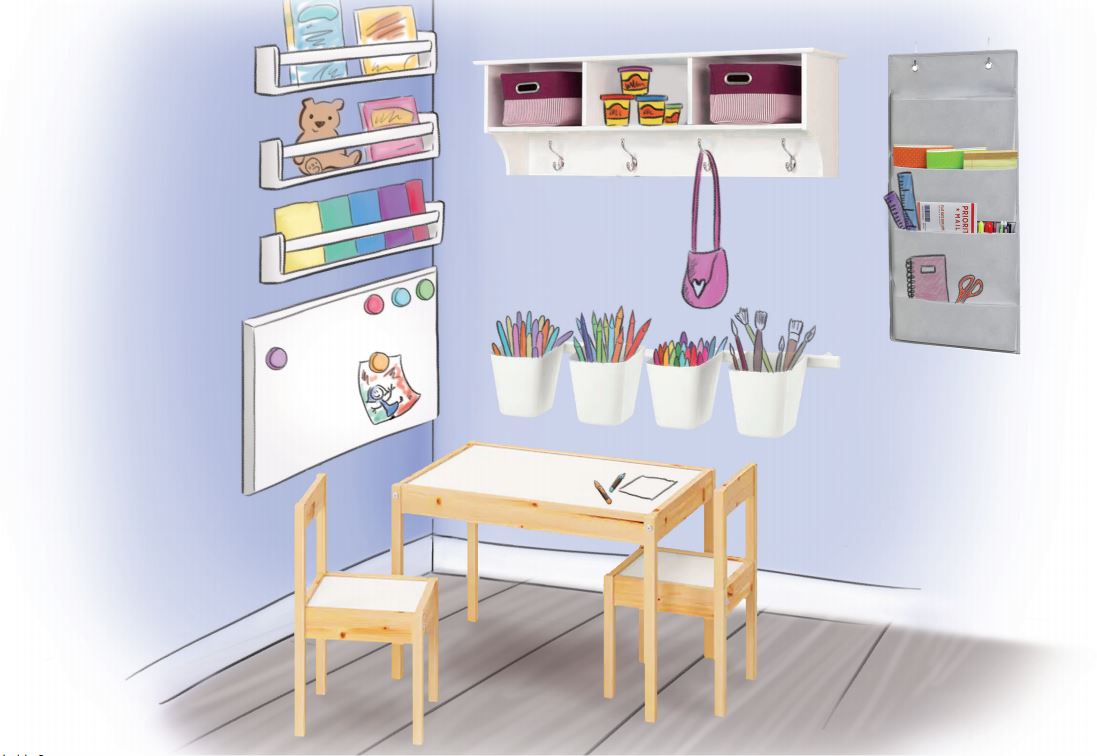Leave Mitzrayim!

There’s nothing like the Pesach story. It’s so much fun to relive and recreate. And you can never overdo it:
Chol hamarbeh l’saper harei zeh meshubach!
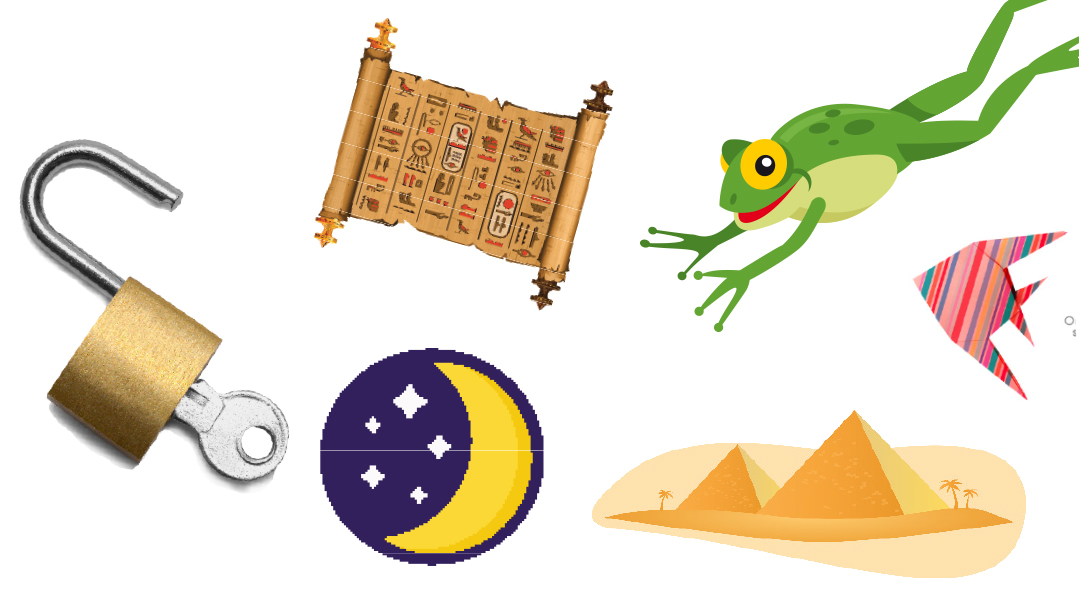
Let's Go!
To an escape room!
Escape rooms are all the rage these days and make great Chol Hamoed trips, but they tend to get pricey. Why not create your own Egyptian-themed escape room?
An escape room is essentially a treasure hunt, but with one main difference — the clues aren’t written out for you. So, for example, you may need to collect things from around the room and put them together to form a clue, or you may need to search for a key to a lock. Record an introduction that tells players where they are and how much time they have to escape.
Build up the suspense by periodically announcing the time remaining. The team may ask for help if they need it, but you may want to limit the number of times they may ask. You can add sound effects or dramatic music to increase the suspense.
Note: You can place a symbolic lock on the door handle if you don’t want to actually lock the door.
You will need:
- A few different types of locks (keys, combinations, letters, numbers… etc.)
- Some lockable boxes and suitcases, or knapsacks with padlocks.
- Egyptian props: palm trees, pyramids, stuffed hippos, toy crocodiles, jewelry, ceramic vases, and bowls
Some ideas for clues:
- Hieroglyphics. Hang up one of the clues on the wall, but write it in “hieroglyphics.” Hide the code-breaker in one of the locked boxes.
- Players must build a pyramid puzzle. The puzzle pieces could be all in one box or hidden in various places around the room. When the pyramid is built, a word or picture on it will reveal either a code to open a lock or hint to the location of the next clue.
- Place a vase with clear water in the room. Call it the Nile River. Hide a clear object that the players are required to find inside the water. This trick is remarkably deceptive.
- Players have to collect an object representing each Makkah. Some are scattered around the room and some are hidden in boxes. Each Makkah object has a number on it. Put those numbers in order, and you get the final combination.
- Write a backwards message, and leave a mirror in the room.
- Write an invisible message using a Q-tip dipped in diluted lemon juice. Leave it near a lamp. When held above the light bulb, the message will appear.
- Use riddles. For example, “I have no hand, but I hit. What am I?” (a whip.)The team then looks for a whip, which has a number combination written on the handle.
Let's Play
- Makkas Tzefardei’a: Kerplunk “One frog, two eyes, four legs, kerplunk, in the puddle.” That’s the basic ditty. Everyone sits around in a circle and taps out a beat (like bang, bang, clap, clap). The first person says “One frog,” the second person says, “Two eyes,” etc. Keep going around, and stay on beat. When the first round has been completed, the next person goes right into “Two frogs.” Then of course, there’s four eyes and eight legs, and kerplunk, kerplunk, in the puddle. Keep going around the circle, adding a frog each time the round is completed. If someone messes up, he is out, and the group starts over. The person left at the end is the winner.
- Makkas Kinnim: Don’t Step on the Kinnim This is a version of the classic, “The Floor is Lava.” Tape pieces of colored paper on the floor strategically so kids can hop from square to square without falling in the kinnim. Turn on music, and see how fast they can navigate the course.
- Makkas Arov: Lion and Mitzri (Cat and Mouse) Everyone stands in a circle holding hands. The Mitzri is inside the circle, and the lion is outside trying to break in. The players try to keep the lion from coming in to the circle, but they permit the Mitzri to go in and out. The lion wins if he catches the Mitzri. The Mitzri wins if he manages to run around the outside of the entire circle one time without getting tagged by the lion.
Getting Crafty...
Let’s make dioramas
Dioramas are 3-D depictions of scenes or concepts and are super fun to make. You can choose to do Makkos, scenes from the Pesach story, or parts of the Haggadah.
You will need:
Boxes (shoeboxes for smaller dioramas, large cardboard boxes for big dioramas)
Construction paper
Toy people, animals, and furniture
A variety of creative materials, modeling compounds, and fabrics
Scissors, glue, and paint (optional)
1 Turn your box on its side, with the opening facing you.
2 Decorate the back wall of your box as the background of your scene.
3 Decorate the bottom as the ground floor. You can use sand, clay, pebbles, and grass.
4 Add the people and props. Try to add as many little details as possible.
Night Activity!
You’ve worked hard together for the last few weeks, and your house has just passed inspection. Phew! Now it’s time to celebrate with a “Pharaoh-in-Pajamas Party!” The attire? Pajamas, of course!
Serve ice cream, and present Pesach-cleaning awards or short poems to thank each child for what he or she did to help. Finish off the ceremony with Rebbi Alter’s famous “Pharaoh in Pajamas” song.
Do Try This at Home!
Create your very own Kri’as Yam Suf to walk through at the Seder or on the seventh day of Pesach.
Cut out fish, sea plants, jellyfish, and bubbles of various sizes and colors. Decorate your hall with sea life. Hang a large sheet of sheer blue material over your mural. Tape candies onto the fabric to represent the fruit that Bnei Yisrael picked as they were walking. Put matzah on your backs, and begin your trek through the sea!
Artist’s tip: When cutting out symmetrical shapes, show your children how to fold the paper in half, and cut out only half a shape. You’ll be surprised at what beautiful fish you can easily make this way.
(Originally featured in Family First, Issue 685)
Oops! We could not locate your form.






